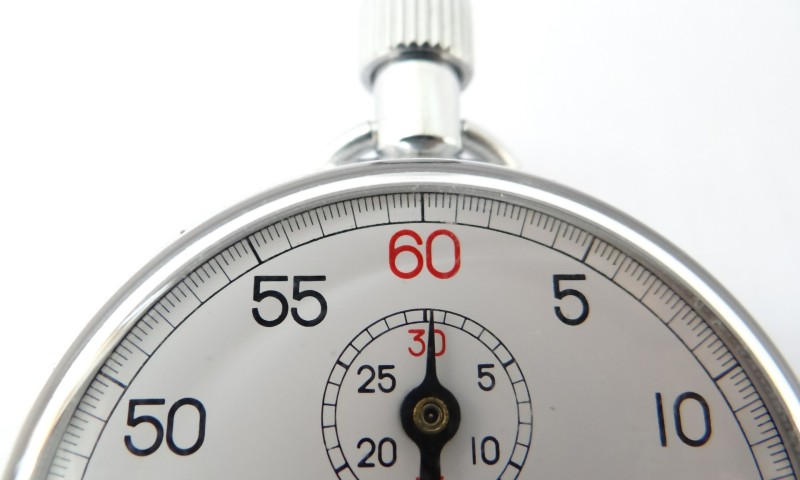Disclaimer: Before beginning any exercise routine, is it important to first consult your doctor.
Currently trending in the world of health and fitness is the concept of high intensity interval training, otherwise referred to as HIIT – a type of workout that combines short bursts of high-intensity exercise with low to moderate-intensity exercises or rest periods.
It is commonly understood that a well-rounded exercise routine consists of a combination of aerobic exercise, strength training and adequate rest, and utilizing HIIT training as part of your workouts may certainly be an effective way to achieve optimal health and fitness. Below, we walk you through some of the highlights of HIIT training and what you need to know.
How Can I Benefit from HIIT Training?
HIIT provides a host of benefits that aid you on your journey with weight and health – including, but not limited to:
- Efficiency – HIIT training can be done quickly with little to no equipment.
- Improved Heart Health – The combination of intensities makes it easier to reach the anaerobic zone where your heart is pumping and blood is flowing effectively.
- Caloric Burn – Periods of high intensity followed by some rest keeps your body burning calories for great periods of time – even after your workout!
- Maintain Muscle Mass – HIIT training helps you burn calories, lose weight and lose fat while still maintaining muscle mass.
- Boost Energy – Reaching the anaerobic zone and recovering in between those short bursts of high intensity exercises teaches your body how to effectively use energy.
- Overall Health – HIIT training can improve all aspects of your health, including endurance, blood pressure, muscle sculpting, mental health and more.
How Do I Get Started?
Before beginning any exercise using HIIT, there are a number of things to consider:
- Practice Safety – Modify your routine to accommodate your current level of fitness, and always be sure to stretch before exercising.
- Determine Duration, Intensity and Frequency – Make sure you’re able to reach your maximal heart rate during your workouts and give yourself ample time to recover from high intensity exercise.
- Develop a Plan – Write out and stick to a specific plan that includes types of workouts (strength training, cardio, reps, frequency, duration, when to change your routine, etc.)
- When to Work Out – Includes how many days per week you will exercise and what time of day is best for your schedule.
Want to Learn More about HIIT?
The American College of Sports Medicine offers plenty of helpful information, guides and resources for beginning a program that includes HIIT. CLICK HERE to learn more.






